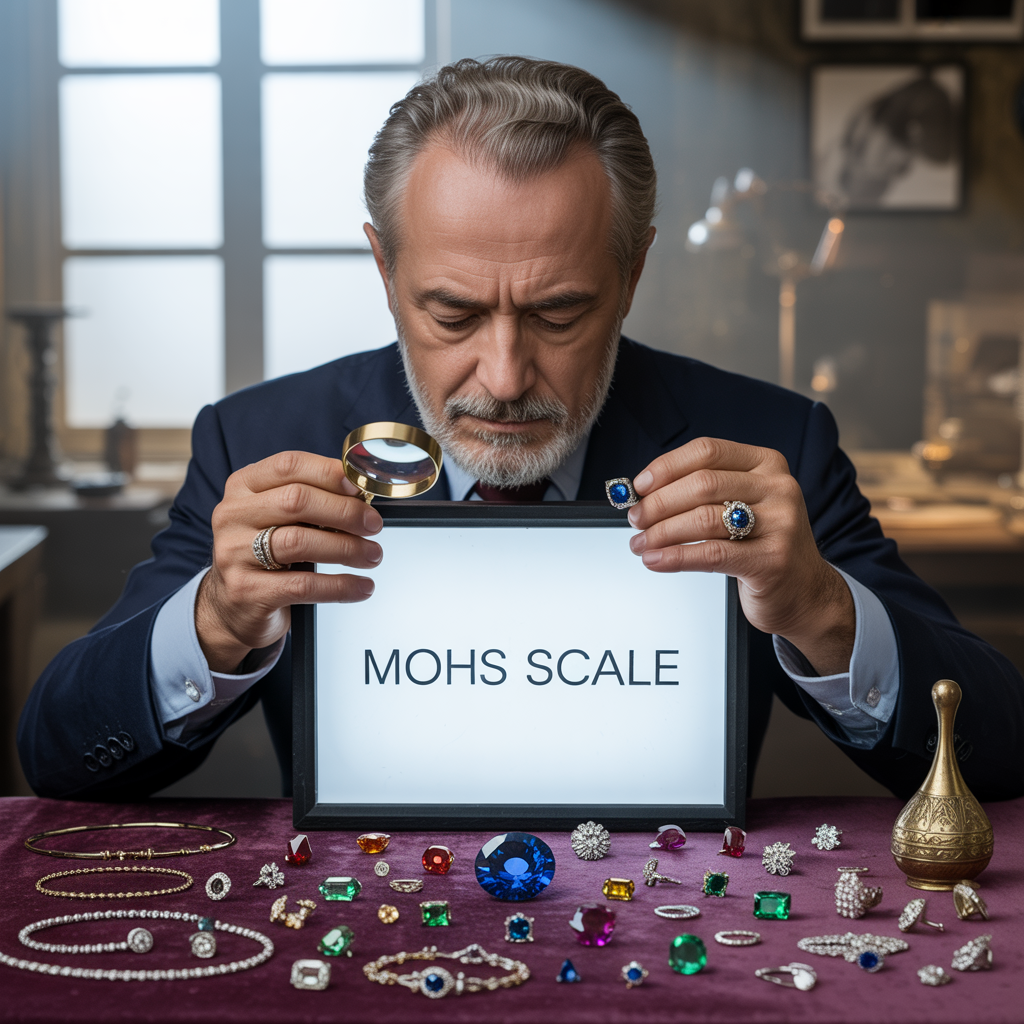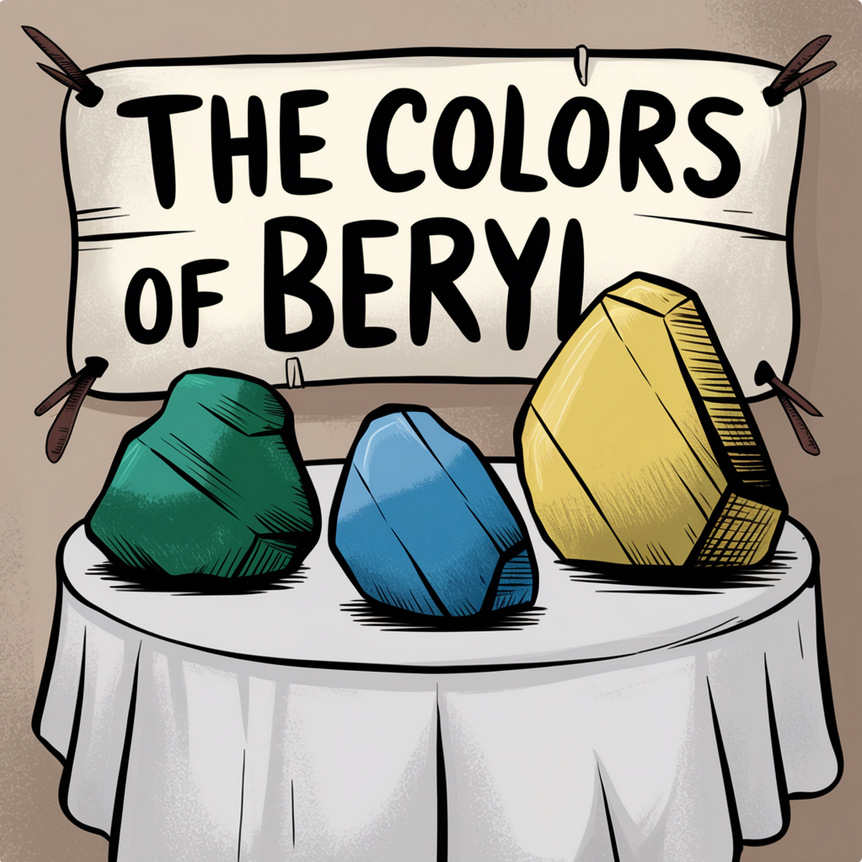Amethyst Gemstones
Ametrine Gemstones
Aquamarine Gems
Alexandrite Gems
Garnet Gems
Amethyst Gemstones
Ametrine Gemstones
Aquamarine Gems
Alexandrite Gems
Garnet Gems
My First Color Changing Alexandrite-Like Garnets
by Jeff Moriarty October 01, 2018
My first experience with garnet that change color from reddish in incandescent lighting to green or blue-green in daylight was 30 years ago. This material was from Sri Lanka and at best was like an average quality alexandrite changing from a light rhodolite red to a grayish green in daylight. It was not until the new millennium when I first saw material from Bekily, Madagascar which had a color change as good as the finest alexandrite.
This material changed from fine rhodolite red to a lovely blue green to greenish blue in daylight and occasionally a fine blue in flourescent lighting. These garnets changed all the books on gemology which stated "garnets are available in all colors except blue".
My first of six trips to Madagascar was a quest for this rare garnet. It was a highly productive journey but my quest for alex-like garnet was un- fulfilled. In all my trips I purchased one sub-carat gem. Fortunately these Madagascar garnets have sporatically showed up with my connections in Sri Lanka and Thailand. New supplies have recently been discovered in Kenya and Tanzania. Nice gems but are not the quality of Bekily. These have an outstanding red color but the daylight color is a less desirable muddy blue green color. Once you see the best from Madagascar, Kenyan and Tanzanian stones are just second rate and not acceptable to the gem afficianato.
Sizes get rare and difficult to find in sizes over 1.5 carats. These garnets have even greater rarity than the comparable alexandrite while prices are approximately one tenth of the price of alexandrite The following is an excerpt from the most excellent book "Secrets of The Gem Trade by Richard Wise G.G. Madagascar Blue Color-Change Garnet Color change garnet! a more romantic name and one that is in a real sense more accurate might be Alexandrite Garnet. This is the first and only known example of blue garnet.
For the past fifty years, the statement “garnet comes in every color but blue” would be completely accurate. The other uncanny thing about this garnet is that it changes color exactly like an Alexandrite. I saw one for the very first time in 1990 during a trip to East Africa. The gem weighed one half carat and looked exactly like an alexandrite from the Hematita strike in Brazil. Others have compared the Madagascar color-change to Russian Uralian Alexandrite as well1. The price was high but as it turned out I didn’t see another for almost eight years and the next one was not nearly so fine. Excellent durability: The stone is a pyrope-spessartine garnet. This would give the stone a high rating for durability. Both pyrope and spessartite garnets have hardness’s between 7-7.5. In practice this usually means 7.25, which would be very resistant to scratching. High concentrations of Vanadium with a bit of added chromium appear to be responsible for the color shift.
Like alexandrite, the Madagascar gem is a night stone. A lady of the evening who puts her best foot forward beneath the light of a flame. The primary hue under incandescent is a beautiful deep grapey purple. Sometimes a tiny bit of red can be seen flashing from the depths of the gem. In finer stones, the afternoon daylight hue is green-gray-blue to blue. A limpid crystalline stone is always beautiful and thus desirable. Beating Alexandrite at its own game: The color change of this gem is truly remarkable.
Alexandrite is a doubly refractive stone, each ray that enters the gem crystal divides into two rays each containing half the rainbow. Alexandrite has, as it were, a good excuse to change color. Alexandrite garnet is singly refractive and has no such excuse. Rarity: The stone is extraordinarily rare. The rarity increases dramatically above one carat. In my experience most stones over the carat become murky and gray. A fine one-carat would be a find indeed. 1_Schmetzer & Bernhardt, Garnets from Madagascar with a Color Change from Blue-Green to Purple., Gems & Gemology, The Gemological Institute of America, Vol. 35, #4., Pg.199
Jeff Moriarty
Jeff Moriarty has been in the jewelry industry for almost 20 years. His family now only owns a retail jewelry store in Crown Point, Indiana, but he also travels the world with his father in search of rare gemstones.
Leave a comment
Comments will be approved before showing up.
Also in Jewelry, Gemstones, News and Cool Stuff

Ruby vs. Garnet: How to Tell the Difference Between These Red Gemstones
by Jeff Moriarty July 17, 2025
Read More
The Truth About Gemstone Hardness and Durability: What High-End Buyers Need to Know
by Jeff Moriarty July 16, 2025
Read MoreSubscribe
Sign up to get the latest on sales, new releases and more …



